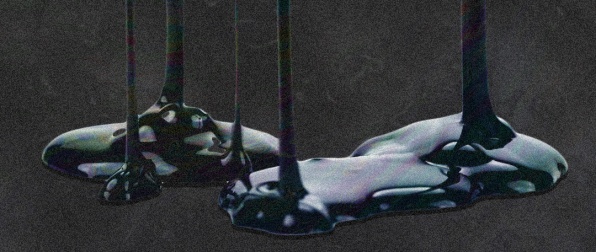Black plastic has been the default material of choice in electronics design for decades. But researchers studying where all those discarded devices actually end up are reporting that not only does black plastic not get recycled the way other plastic does–the chemicals in our e-waste are ending up in other products.
A study from University of Plymouth published in Environment International discovered an unsettling reality: Black plastics from electronics, reused across consumer goods, contain unexpected additives that can be detrimental to human health. By using X-ray fluorescence spectrometers to spot trace elements lurking in 600 black plastic goods, researchers learned that these items had “significant and widespread contamination” of dangerous materials that exceeded legal limits. The goods included cocktail stirrers, coat hangers, jewelry, and Christmas decorations. But they’re likely most dangerous in cooking tools, food storage containers, and toys for children–where they directly or indirectly come into contact with your mouth.

“Black plastic may be aesthetically pleasing, but this study confirms that the recycling of plastic from electronic waste is introducing harmful chemicals into consumer products,” says Dr Andrew Turner, who led the study, in a release. “That is something the public would obviously not expect, or wish, to see and there has previously been very little research exploring this.”
What is going on?
Plastic from old products is often recycled to make plastic in new products. Generally speaking, this is a good thing that benefits the environment by cutting down on plastic waste. What’s happening here is the perfect storm for the recycling industry, as Turner points out. There are two factors involved. First, note that the black plastics used in many consumer electronics products are not food grade, because they have to contain additives like bromine to prevent flammability. You can trace the practice back to the 1980s, when a Sony television was more likely to catch fire than be chewed.

Second, today 15% of the plastic in recycling centers is black, and the majority of that is single-use food containers. In theory, this plastic would be superb to recycle to make more black food containers. The problem is that the sensors used in recycling centers to sort plastics depend on near infrared radiation. This technique has a very difficult time spotting the black pigments in black plastics, which means the non-toxic black plastic isn’t getting recycled. “Most people assume black plastics get recycled like other plastics, but in reality black materials are not picked up at recycle centers by the normal infra-red technology,” Turner explains over email “Because we do not recycle black plastic in general, we seem to be turning to black e-waste as a source for black consumer products.”
As a result, supply isn’t meeting demand, and the recycling industry appears to be repurposing black plastics from consumer electronics goods to fill the gap. These bromide and lead-filled plastics are melted down into new products, and no one is the wiser. The other problem is that this can happen again and again as plastic is recycled, creating what the paper calls a “complex quasi-circular economy.” It’s like a polluted stream that cycles back into itself.

It’s bad news for black plastic goods in general, and designers reading this would do well to reconsider the use of black plastics in kitchen and toy designs, at the very least, until it’s sorted out. And as consumers, we can be demanding more: “As members of the public, we should be calling on supermarkets, takeaway shops and fast food outlets to stop using black materials (why not white, clear, blue…?) as it is an unsustainable practice that is indirectly leading to contamination of other products through the recycling of e-waste,” Turner adds.
The problem goes beyond human health: It’s hurting the earth. After collecting black plastic litter from various beaches in southwest England, the researchers discovered a “similar chemical signature to that of contaminated consumer goods.”
Seemingly small decisions on the part of designers, manufacturers, and consumers are having a planetary impact.
Bagikan Berita Ini















0 Response to "Black plastic is killing the planet. It's time to stop using it"
Post a Comment